Jiangning Imperial Silk Manufacturing Museum - TICKETprijs, openingstijden, locatie en hoogtepunten


The Jiangning Imperial Silk Manufacturing Museum (江宁织造博物馆), located in the area of the Nanjing Grand Palace, stands as a modern museum built on the historic site of the Jiangning Imperial Silk Manufacturing Bureau. The museum’s design was spearheaded by the renowned architect and academician Mr. Wu Liangyong and covers an area of 18,700 square meters.
The Jiangning Imperial Silk Manufacturing Bureau, or “Jiangning Weaving,” was a government-run institution during the Qing Dynasty dedicated to the production of silk fabrics for imperial and official use. Over the course of 260 years, from the Kangxi to Qianlong periods, it transformed into the Emperor’s southern palace during his travels, growing in scale. Regrettably, it was ultimately destroyed during the Taiping Rebellion. The Jiangning Imperial Silk Manufacturing Museum vividly resurrects the 260-year history of the bureau, showcasing the rise and fall of the Qing Dynasty.
Inhoudsopgave
- Basisinformatie
- Locatie en vervoer
- Highlights of Jiangning Imperial Silk Manufacturing Museum
- Vlog about Jiangning Imperial Skil Museum
- Nuttige tips uit recensies
- Attractions Near Jiangning Imperial Silk Manufacturing Museum
Basisinformatie
| Geschatte lengte van de tour | 1 - 2 uur |
| Ticket Prijs | 30 RMB |
| Openingstijden | 9.00 - 17.30; Laatste toegang: 17.00 |
Locatie en vervoer
The Jiangning Imperial Silk Manufacturing Museum is located in Nanjing, a historical city that used to be the capital of six dynasties. Its exact address is No. 123, Changjiang Road, Xuanwu District, Nanjing, Jiangsu Province. To get there, you can choose the following ways:
Bus: Take bus 3, 9, 31, 80, or 313, get off at Nanjing Library Stop (南京图书馆), and you will be standing at the east gate of the museum.
Metro: The nearest metro station to the Jiangning Imperial Silk Manufacturing Museum is Daxinggong (大行宫) on line 2 and line 3. After getting out of the station from Exit 2, you will be standing right at the entrance of the museum.
Highlights of Jiangning Imperial Silk Manufacturing Museum
Jiangning Weaving
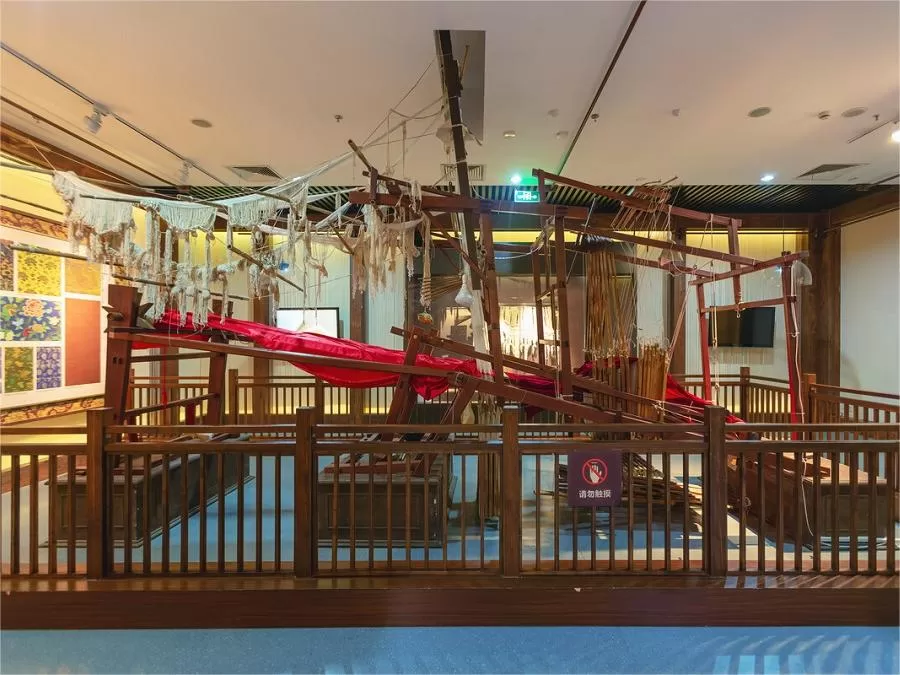
From the revival of the Jiangning Weaving Bureau in 1645 to its closure in 1904, the bureau existed for 260 years. Of particular interest is the nearly 60-year period during the Kangxi and Yongzheng reigns when the Cao family oversaw Jiangning Weaving. Given that many officials of the bureau were close confidants of the emperors, they not only managed the weaving affairs but also handled salt, taxes, collected local political intelligence, and reported on the performance and reputation of officials. This led them to hold a significant position in the political life of the Qing Dynasty. To illustrate this tumultuous history, the exhibition features nearly 200 precious historical artifacts, primarily focused on the development of the Jiangning Weaving during the Qing Dynasty. The exhibition uses various presentation formats to vividly portray the bureau’s rise and fall, highlighting its historical significance and functions, and providing an in-depth account of its unique status in the Jiangnan region.
Cloud Brocade and Heavenly Clothing
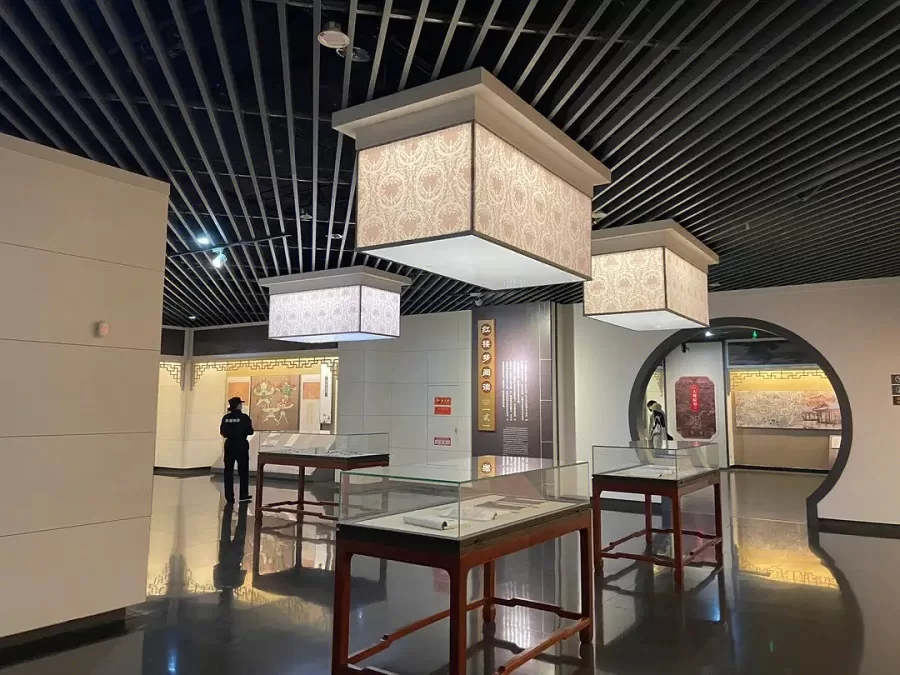
Cloud brocade refers to various jacquard-woven silk fabrics, primarily satin, produced in Nanjing. It gradually developed from the renowned gold brocade of the Yuan Dynasty and further evolved during the Ming Dynasty with the creation of the “zhuanghua” weaving technique, which produced “zhuanghua” fabrics adorned with gold and colorful patterns, making them the crowning glory of brocade. As a tribute and royal product during the Yuan, Ming, and Qing Dynasties, cloud brocade has been celebrated for its intricate craftsmanship, splendid and beautiful colors and patterns, and has maintained the tradition of hand weaving. It represents the highest achievement in Chinese silk weaving craftsmanship and serves as a living relic of traditional Chinese brocade art. In 2009, the Nanjing cloud brocade weaving technique was included in UNESCO’s “Representative List of the Intangible Cultural Heritage of Humanity.”
Qipo Exhibits
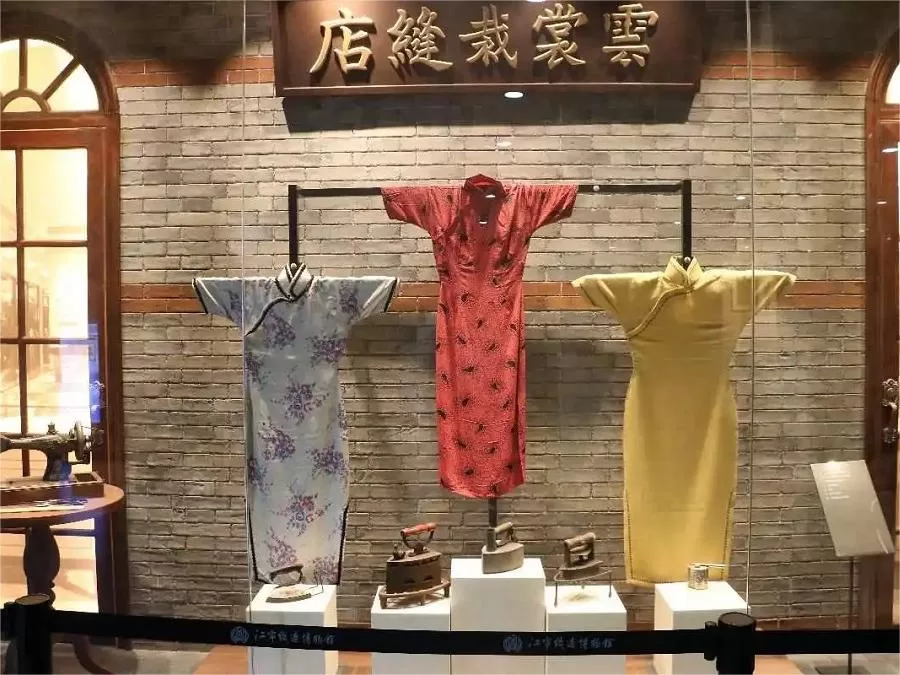
During the era of the Republic of China, Nanjing served as the country’s political, economic, and cultural center. The party and government officials, as well as high society women residing in the Yihelou and Ninghai Road mansions, and upscale residential areas, were drawn to fashionable clothing due to their social obligations. The qipao, a type of dress, became a beloved choice for many women. Nanjing’s qipao fashion was characterized by a modest and refined style, modern yet not extravagant, reflecting the city’s down-to-earth and dignified urban character. Women donning qipaos embodied the prosperity and elegance of Nanjing during the Republic of China era, with its unique and understated fashion.
Vlog about Jiangning Imperial Skil Museum
Nuttige tips uit recensies
Interest in Dream of the Red Chamber: If you have an interest in Dream of the Red Chamber, this museum is worth a visit. Although it may not have the grandeur of the Grand View Garden, it is considered a niche garden with fewer visitors.
Limited Exhibit Items: If you approach the visit with the intention of viewing extensive exhibits, it might be disappointing as the museum has limited items on display.
Photography Suggestion: Consider going around 1-2 PM for photography. During this time, the sunlight is optimal, and there are fewer people around. It’s a good opportunity to capture the surroundings without much crowd interference.
Quiet and Informative Visit: With fewer people, you can explore the museum peacefully, maintaining a quiet and comfortable distance to learn about history and appreciate traditional craftsmanship.
Attractions Near Jiangning Imperial Silk Manufacturing Museum

Presidentieel Paleis, Nanjing - Een getuige van het begin van de 20e eeuw
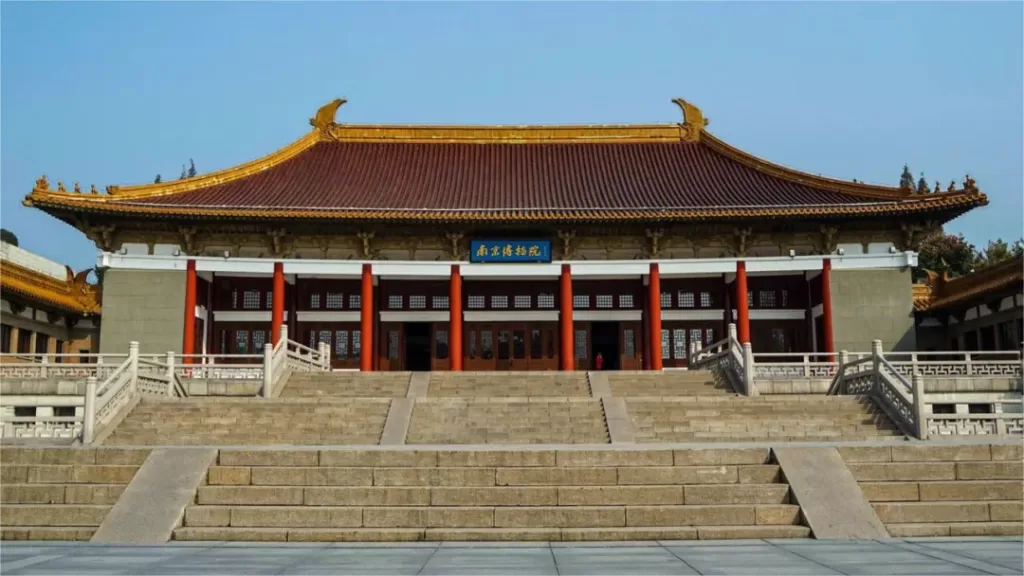
Nanjing Museum - Een van de meest prestigieuze musea in China
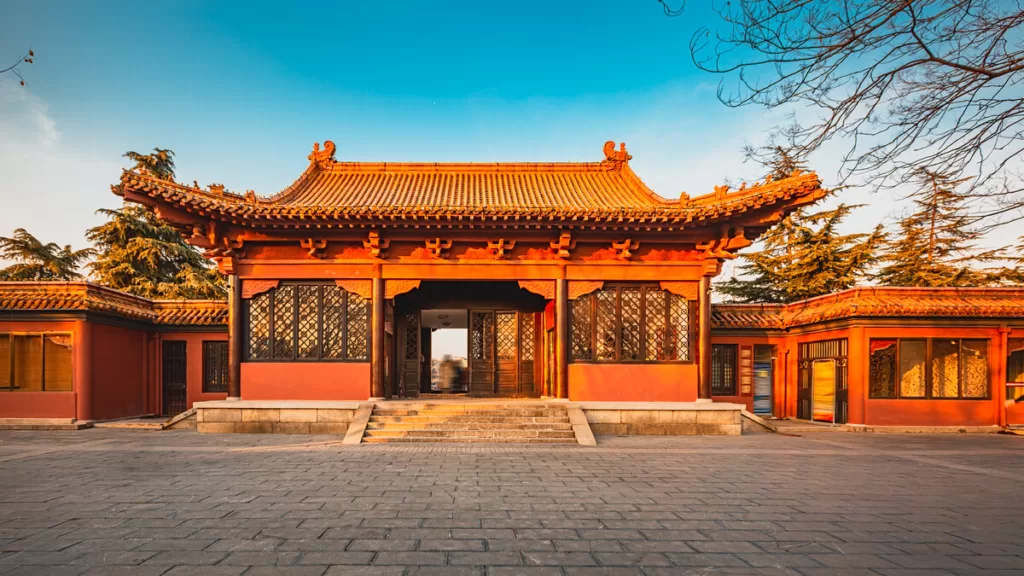
Ming Paleis Ruïnes Park - Keizerlijke Residentie voor Verboden Stad

Oriental Metropolitan Museum - Een venster op de geschiedenis van Nanjing
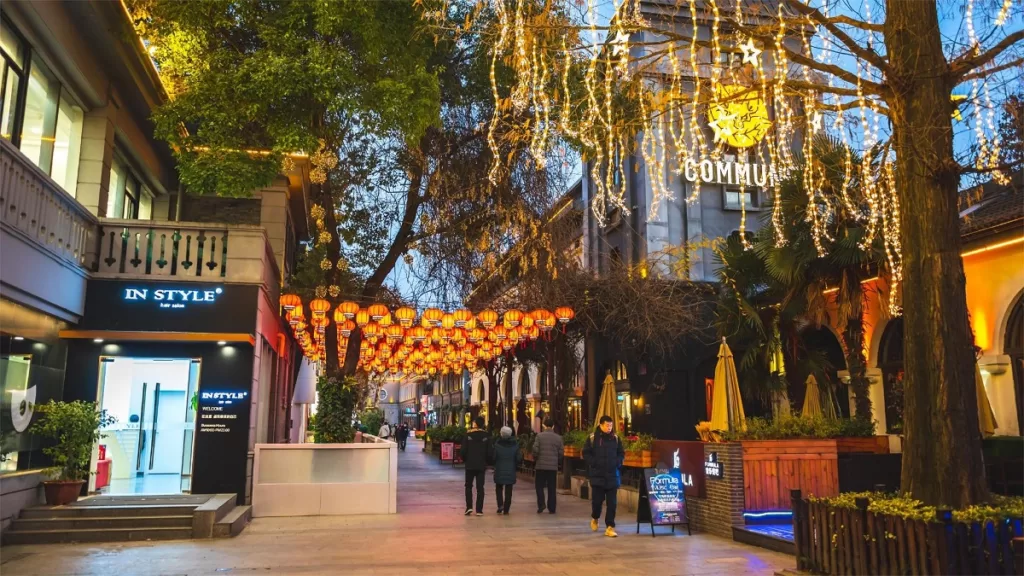
Nanjing 1912 Street - Een historisch en levendig cultureel centrum

Xinjiekou - Een bruisend commercieel centrum
Jiangsu Musea, Attracties in Nanjing